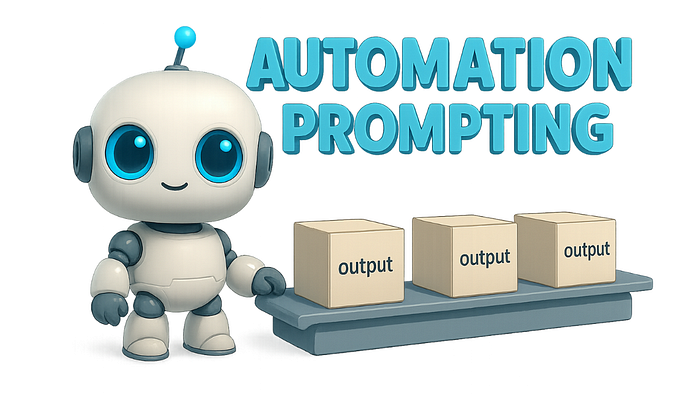Introduction to Generative AI in Healthcare
A new report from consulting giant Accenture finds that 83% of the 300 U.S.-based healthcare C-suite executives it polled are piloting generative AI in pre-production environments. At the same time, fewer than 10% are investing in the infrastructure necessary to support enterprise-wide deployment of the technology.
The Gap Between Piloting and Investing
With artificial intelligence, "healthcare organizations are at a crossroads," said Tej Shah, managing director of health at Accenture and an author of the report, Gen AI Amplified: Scaling Productivity for Healthcare Providers. The report highlights a significant gap between the number of healthcare executives exploring genAI through pilots and those committing to investing in the necessary infrastructure.
Bridging the Gap
To bridge this gap, leaders must shift their mindset from experimentation to strategic deployment. It’s not enough to tinker with genAI; we need a comprehensive plan that aligns technology with organizational priorities and, ultimately, patient experience, access, and outcomes. By focusing on cloud integration and data governance, healthcare providers can create a digital core that supports widespread genAI deployment.
Leadership Perspectives on GenAI
The data reveals a significant disconnect in leadership perspectives. While 28% of healthcare CEOs see themselves as responsible for redefining jobs and roles impacted by genAI, only 5% of their C-suite peers agree. On the other hand, 80% of respondents believe the chief digital officer or chief digital and artificial intelligence officer is best positioned to lead genAI efforts.
Overcoming Barriers to GenAI Adoption
There are several reasons why genAI adoption is not as widespread as it could be. Healthcare is conservative, and change can be slow. Many providers are hesitant to trust AI with tasks that humans have traditionally handled. There’s also a skills gap, with many healthcare workers lacking the technology literacy needed to effectively use genAI tools.
Reinventing Healthcare Tasks
The report says 70% of healthcare workers’ tasks could be reinvented through technology augmentation or automation. This means that while some tasks will be handled entirely by AI, others will be supported by AI, allowing healthcare workers to focus on more meaningful and patient-focused activities. The goal is not to replace human skills, but to augment them.
Conclusion
In conclusion, the adoption of genAI in healthcare has the potential to transform the industry. However, there are several barriers to overcome, including a lack of investment in necessary infrastructure, a skills gap, and a need for a more collaborative approach to leadership. By addressing these challenges, healthcare providers can harness the power of genAI to improve patient care and outcomes.
FAQs
- Q: What percentage of healthcare executives are piloting genAI in pre-production environments?
A: 83% - Q: What is the main reason for the gap between piloting and investing in genAI?
A: The main reason is a lack of investment in necessary infrastructure. - Q: Who is best positioned to lead genAI efforts?
A: The chief digital officer or chief digital and artificial intelligence officer. - Q: What percentage of healthcare workers’ tasks could be reinvented through technology augmentation or automation?
A: 70%











